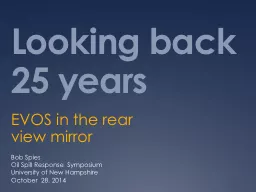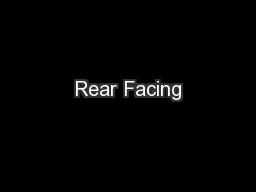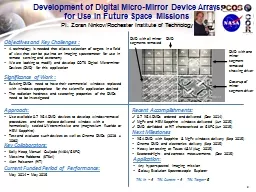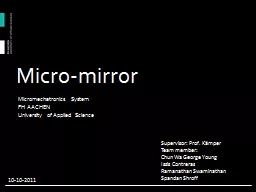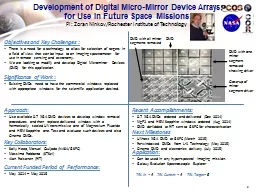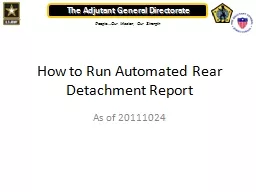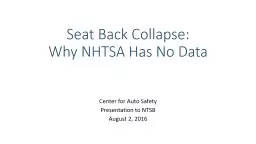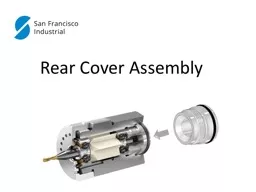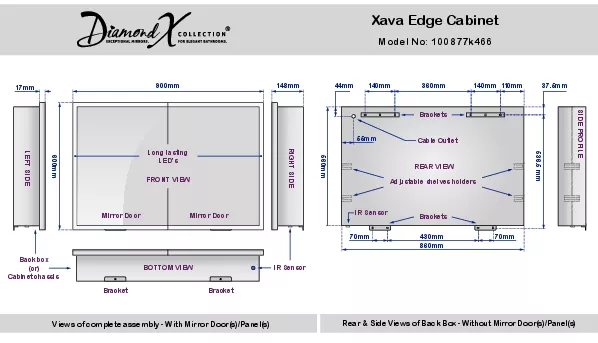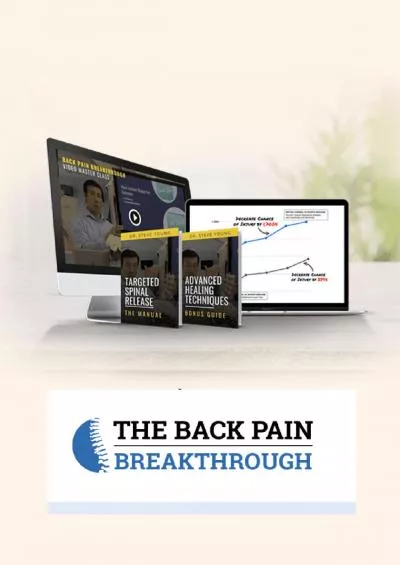PPT-Looking back 25 years EVOS in the rear view mirror
Author : calandra-battersby | Published Date : 2018-02-17
Bob Spies Oil Spill Response Symposium University of New Hampshire October 28 2014 Overview I am an effects expert not a response expert but I have a few observations
Presentation Embed Code
Download Presentation
Download Presentation The PPT/PDF document "Looking back 25 years EVOS in the rear v..." is the property of its rightful owner. Permission is granted to download and print the materials on this website for personal, non-commercial use only, and to display it on your personal computer provided you do not modify the materials and that you retain all copyright notices contained in the materials. By downloading content from our website, you accept the terms of this agreement.
Looking back 25 years EVOS in the rear view mirror: Transcript
Download Rules Of Document
"Looking back 25 years EVOS in the rear view mirror"The content belongs to its owner. You may download and print it for personal use, without modification, and keep all copyright notices. By downloading, you agree to these terms.
Related Documents

